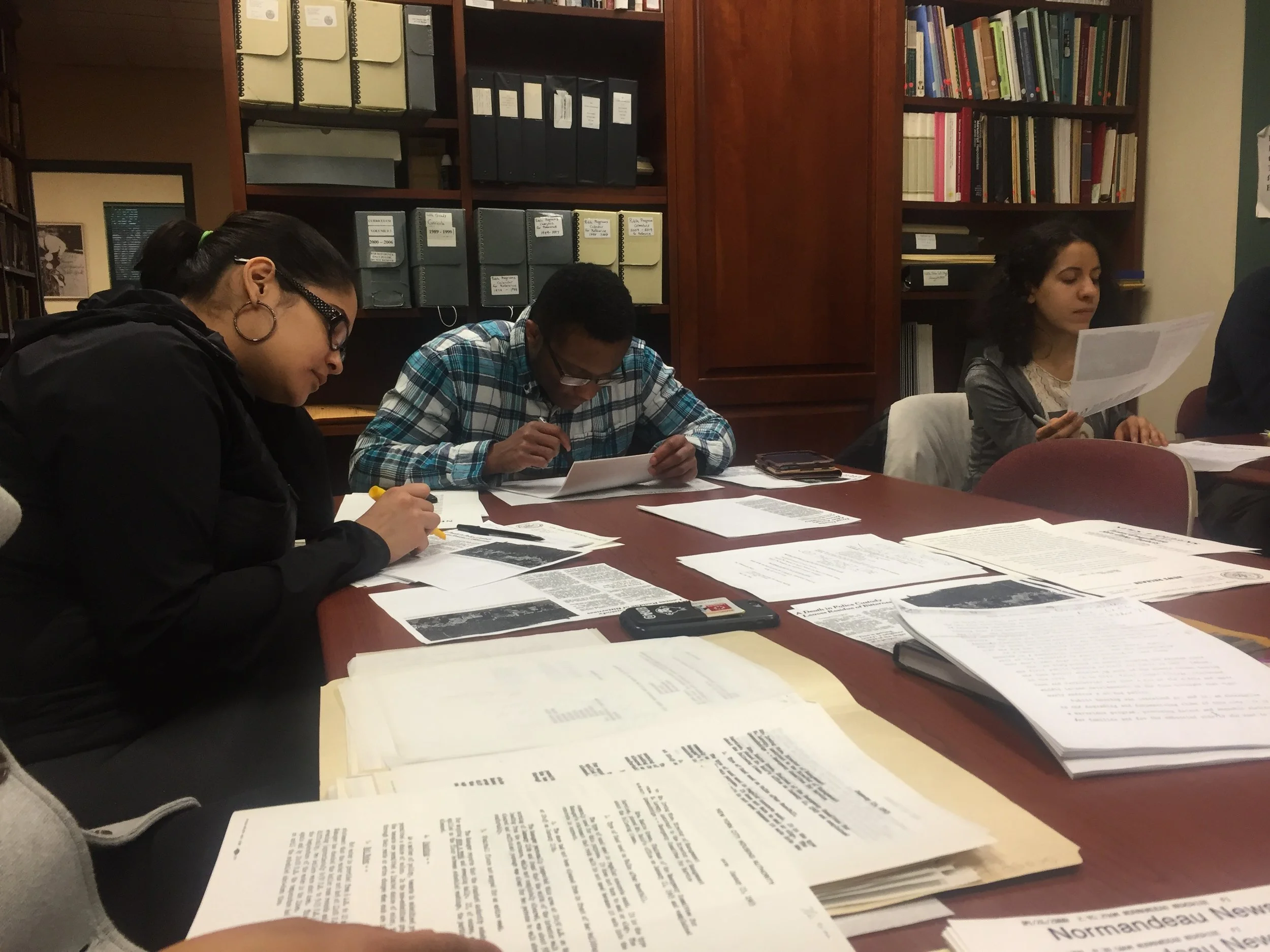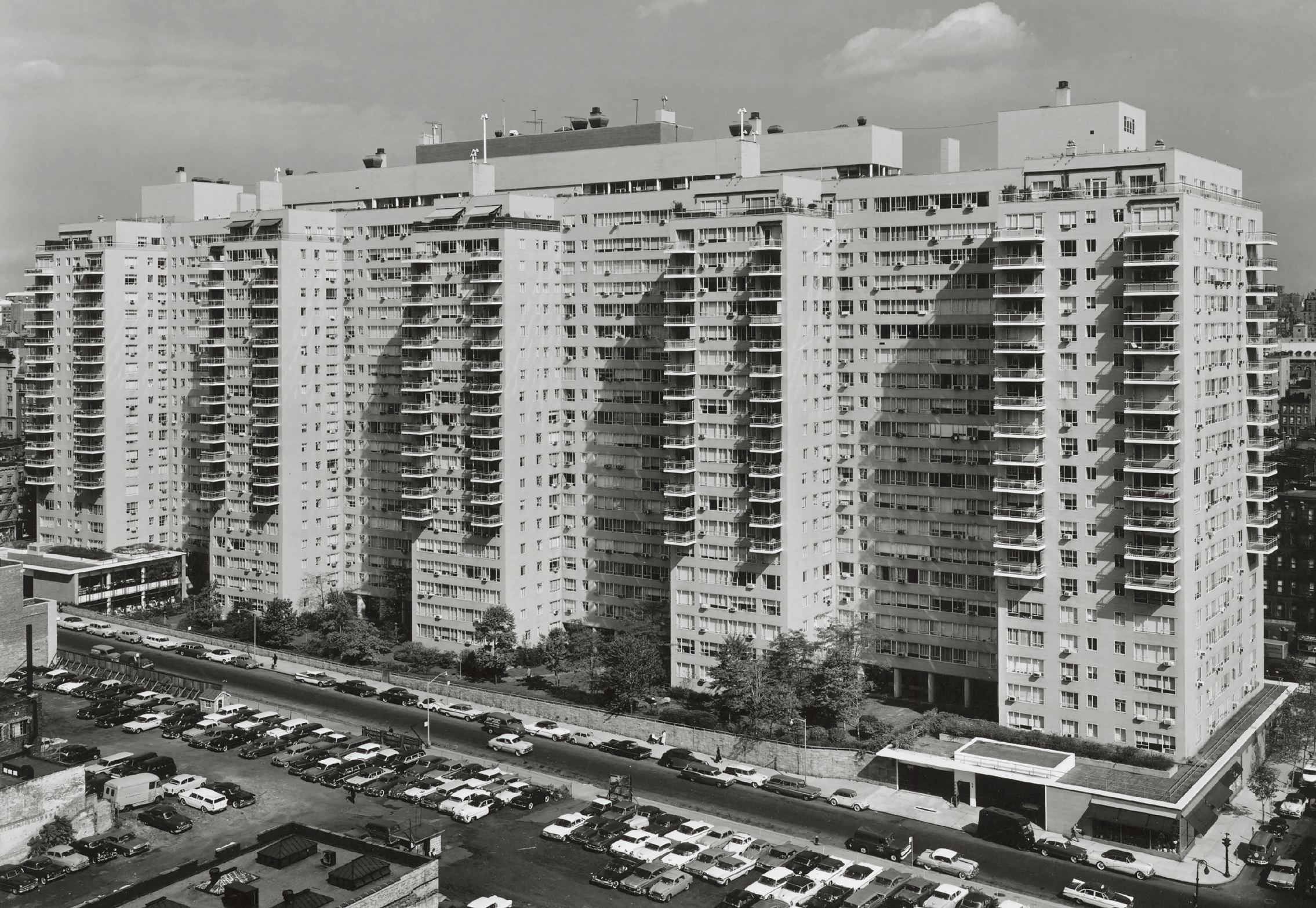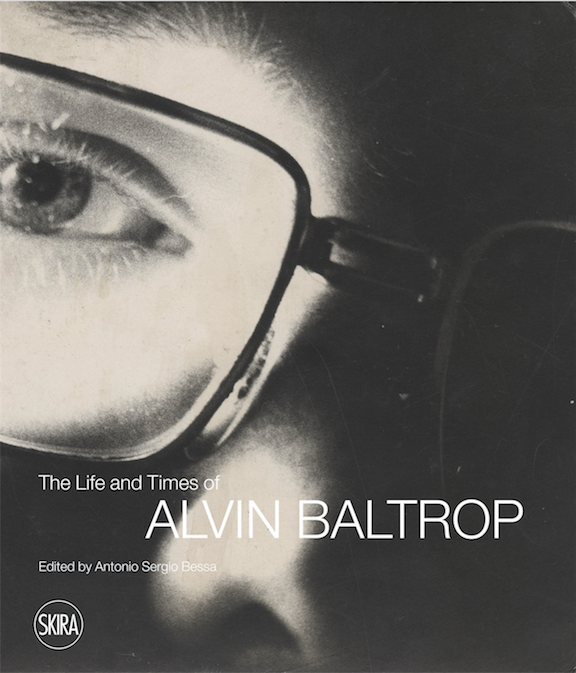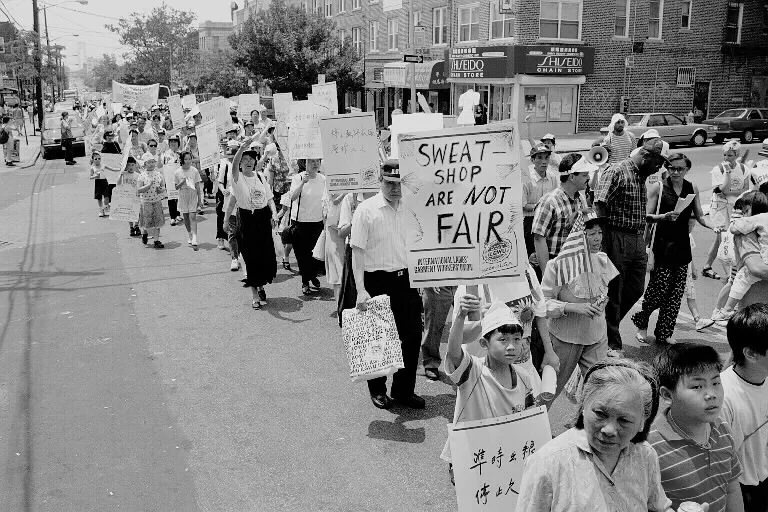Material Politics of New York: From the Mafia’s Concrete Club to ISIS
By Vyta Baselice
Concrete receives far less attention than cocaine. And it seems for good reason as the two substances are most different: one is a building material while the other is a highly addictive drug; one is legal while the other is not; one materializes environments, like homes, offices, schools, and infrastructure while the other destroys families and communities. It is only in their beginnings as off-white powder that they appear to share any commonality. But what if I told you that politics around the two particles of dust was not especially different? What if I unearthed that concrete — much like cocaine — is embedded in histories of violence, illicit activity, and social and environmental harm?
Read More








